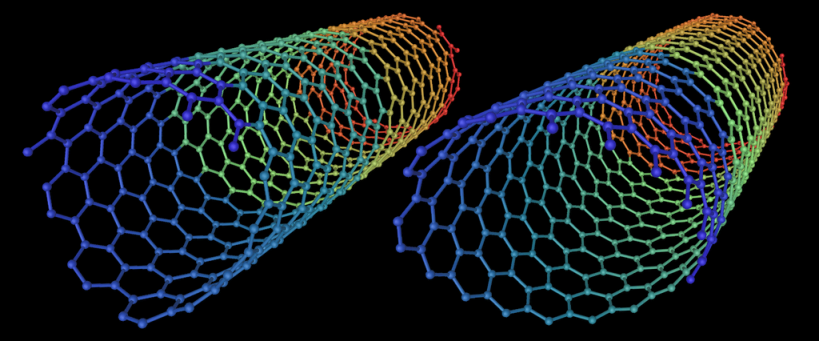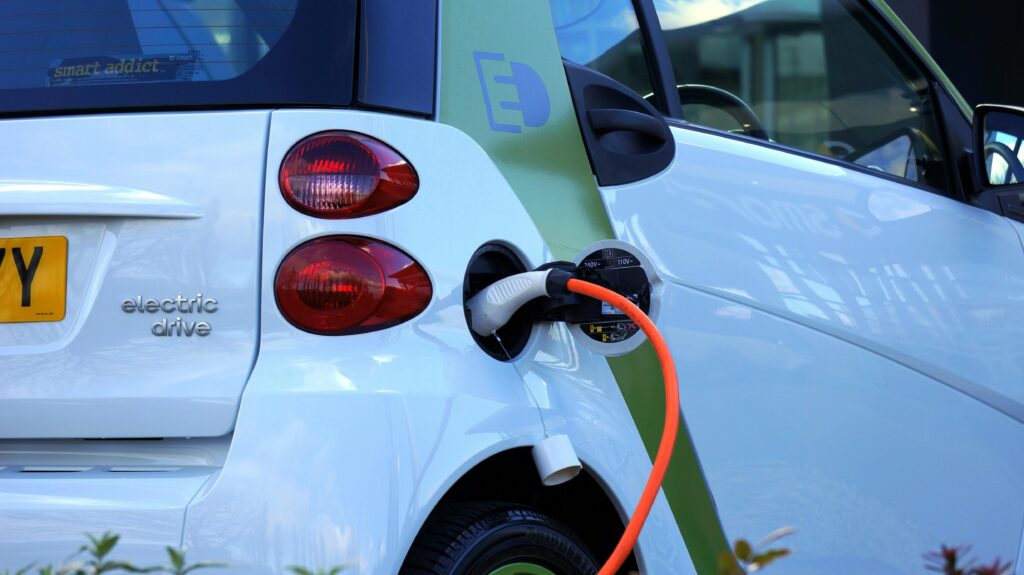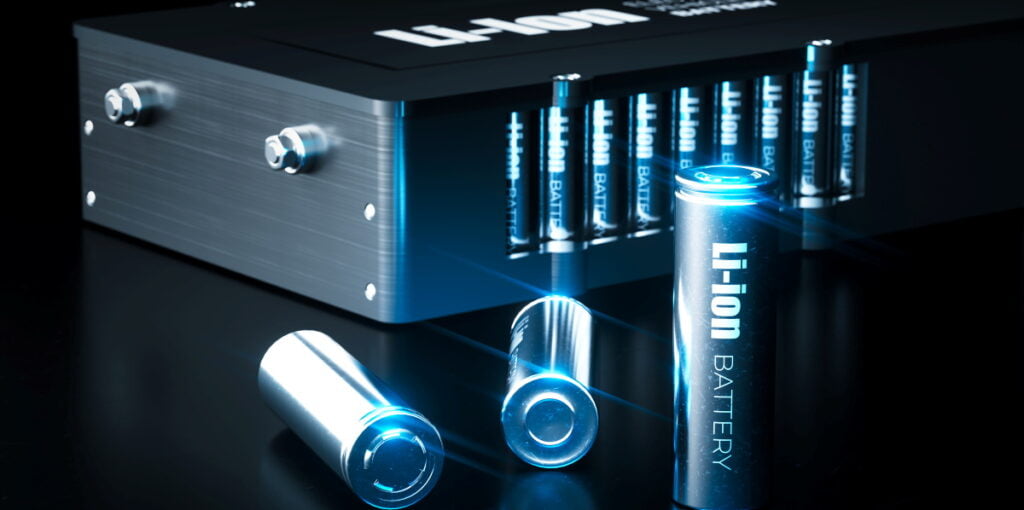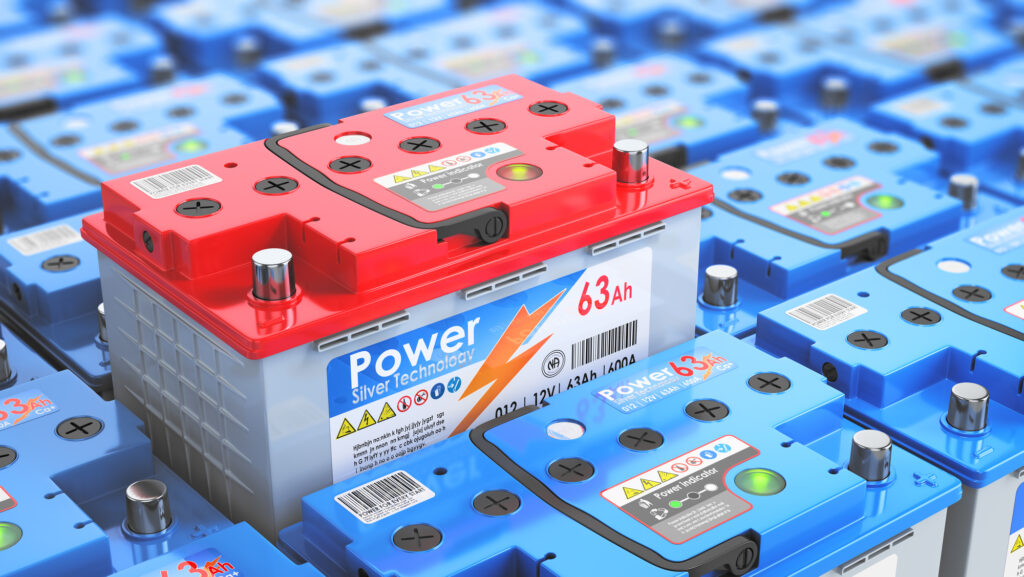An Israeli startup has developed a way to make lead acid batteries last four times longer, disrupting a multi-billion-dollar industry and potentially making them the rechargeable – and recyclable – energy storage method of choice around the world.
Lead acid is the second most common battery technology worldwide and the power cells are currently used as the starter batteries in cars, trucks and motorcycles.
The batteries have a positive plate made of lead dioxide on one end, and a spongy lead negative plate on the other end, with sulfuric acid flowing between them both to conduct the electricity.
While they are cheaper to produce than their main competitor lithium-ion batteries, they are not as energy efficient and have a shorter lifespan.
But Salvation Battery discovered that placing carbon nanotubes – tiny, super strong and highly conductive tubular cylinders of carbon atoms – at one end of the lead acid battery makes it last four times longer.

The startup believes that its nanotube supplement can have a major impact on the energy storage market, even overtaking lithium-ion batteries as the first option for energy storage solutions.
And according to Allied Market Research, the global rechargeable battery market had a value of $90 billion in 2020, and that is projected to reach $150 billion by 2030.
“We need more storage on the grid. Most storage solutions are lithium-ion batteries, which have taken over [the market] entirely. But there’s still a lot of need for storage around the grid, in which longer-lasting lead acid can be the leader,” Salvation Battery Director David Waimann tells NoCamels.
Salvation believes that its battery can even replace lithium-ion batteries in the electric vehicle (EV) market, becoming the first choice for EV manufacturers.
The company claims that they can run an EV for the same amount of time on a battery one quarter of the size of the batteries used in the vehicles today, saving a huge amount of space and making the car safer in the event of a collision that cracks the battery and exposes the dangerous materials within.
According to David, while automotive manufacturers do not have a goal of making their EVs run for much longer than they do today, the ability to achieve the same distances on a smaller battery is very attractive.
“If the battery can be less than half the size. Then it’s cheaper, and that’s better [for the car maker],” he says.

Lithium-ion batteries are the current leader in the market of EV and energy storage, but they can be unreliable and dangerous. There are major global concerns about the mining of lithium-ion materials, an industry that is dominated by China and Russia.
There are also concerns regarding the recycling of lithium-ion batteries. When not recycled properly, they can cause environmental pollution and fires and release toxic chemicals harmful to the health of humans and wildlife.
In contrast, lead acid batteries are more cost effective, highly recyclable, robust against overcharging and safer in terms of fire risk compared to lithium-ion batteries. Additionally, lead is less environmentally damaging to mine than lithium.
“We’re not worried about the shortage of lead in the world [and ] it’s not dominated by China,” David says. “The other thing is, it’s quite safe since lithium can blow up occasionally.”
Sign up for our free weekly newsletter
SubscribeHe explains that 99 percent of all lead acid batteries are recycled, including at least 70 percent of the ones we find in our cars.
“You just take out the anode and cathode and [in Israel] you send them to a factory in Ashdod and they recycle it,” he says.
Battery Council International, the top trade association for the industry in North America, states that lead acid batteries are known for being safe to manufacture, ship, use and recycle.
Although they are the largest consumer of lead, emissions from their production constitute less than 1 percent of total US lead emissions. Furthermore, most human lead exposure comes from old sources of the metal, such as leaded paint, gasoline, pottery and water pipes, and not from the batteries.

Salvation Battery CTO Tomer Zimrin came up with the idea for the nanotubes while researching the efficacy of lead acid batteries, and discovered a way to manipulate the battery to make it 400 percent more durable.
Teaming up with serial entrepreneur Waimann in 2020, they founded Salvation Battery to bring Zimrin’s development to market.
“What Tomer had found – almost by mistake – was a major breakthrough in battery technology affecting the second most important battery type in the world,” Waimann says.
Based in Ramat Gan, the company quickly received venture capitalist backing and outstandingly positive feedback from industry experts, including, David says, technology validation from 10 international scientists worldwide.
Salvation Battery is employing a strict business-to-business model, only selling their patented nanotube technology as an addition to the batteries during the manufacturing process.
Their initial target market is lead acid battery manufacturing in the EU and after that the rest of the world. And the company has already signed an agreement with a German lead acid battery manufacturer to begin incorporating Salvation’s nanotubes into their products.
“We will make the specialized carbon nanotubes and put them through our own proprietary process and then we will sell these specialized nanotubes additive to all the battery manufacturers around the world,” David says.
Salvation Battery plans for its technology to be incorporated into every single lead acid battery developed, allowing them to reclaim their title as the world’s most relied upon battery.
David even explains that the name Salvation stems from the company’s intention to regalvanize the lead acid battery industry.
“We would like to be part of an amazing new industry in Israel, which would be supplying high-performance enhancing additives to batteries worldwide,” David says.
Related posts

Editors’ & Readers’ Choice: 10 Favorite NoCamels Articles

Forward Facing: What Does The Future Hold For Israeli High-Tech?

Impact Innovation: Israeli Startups That Could Shape Our Future




Facebook comments